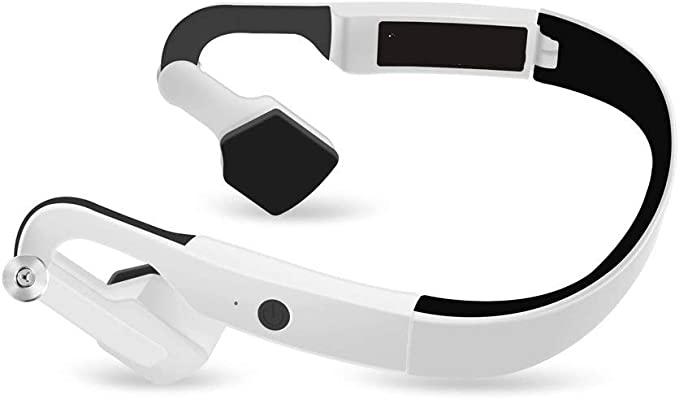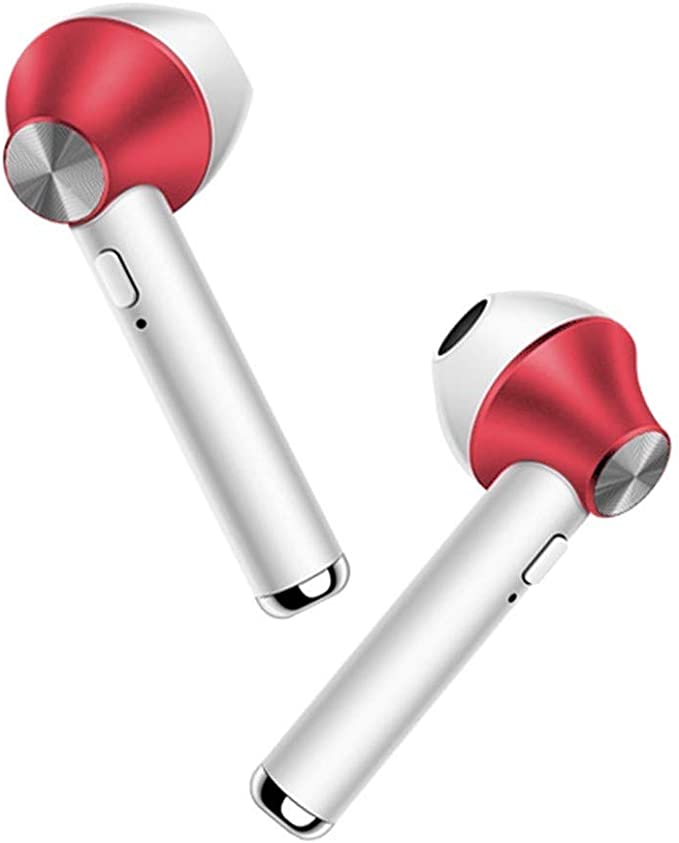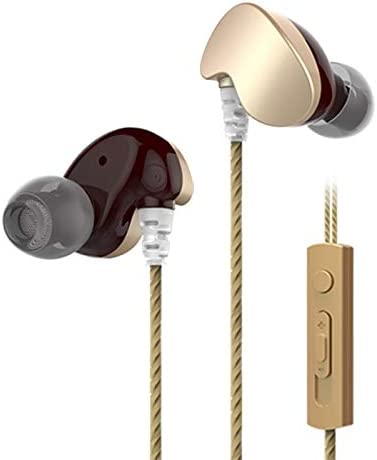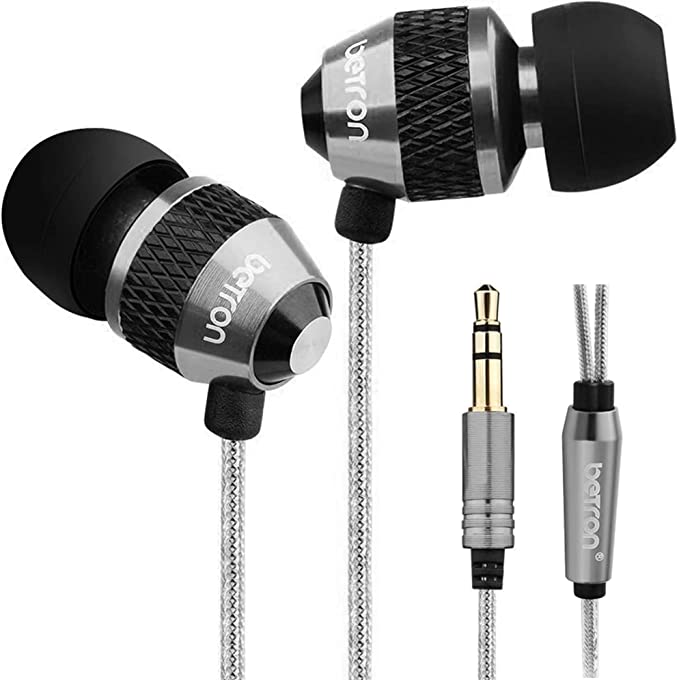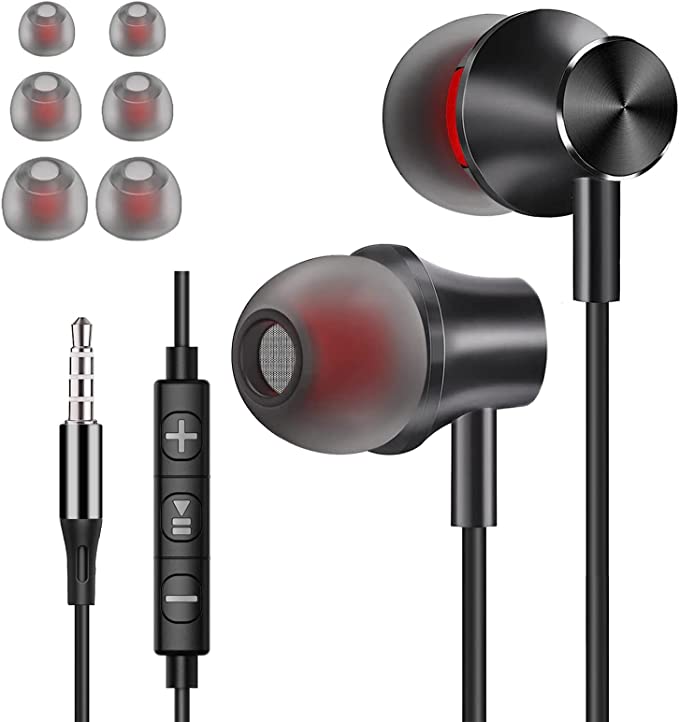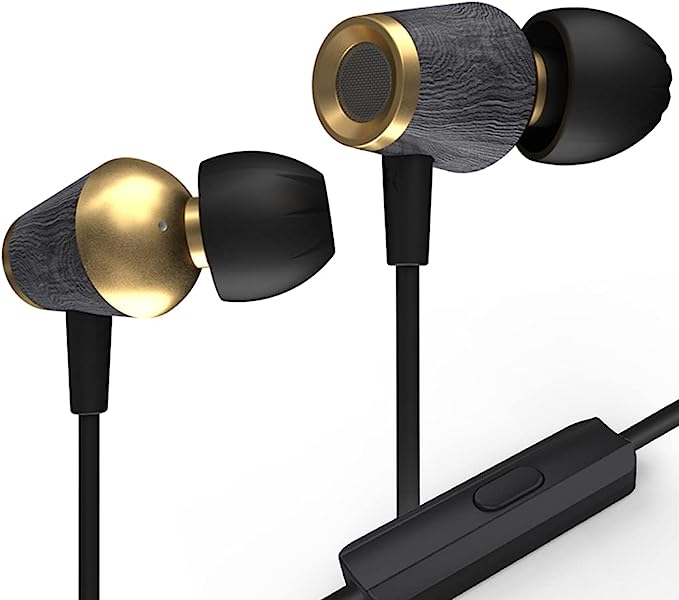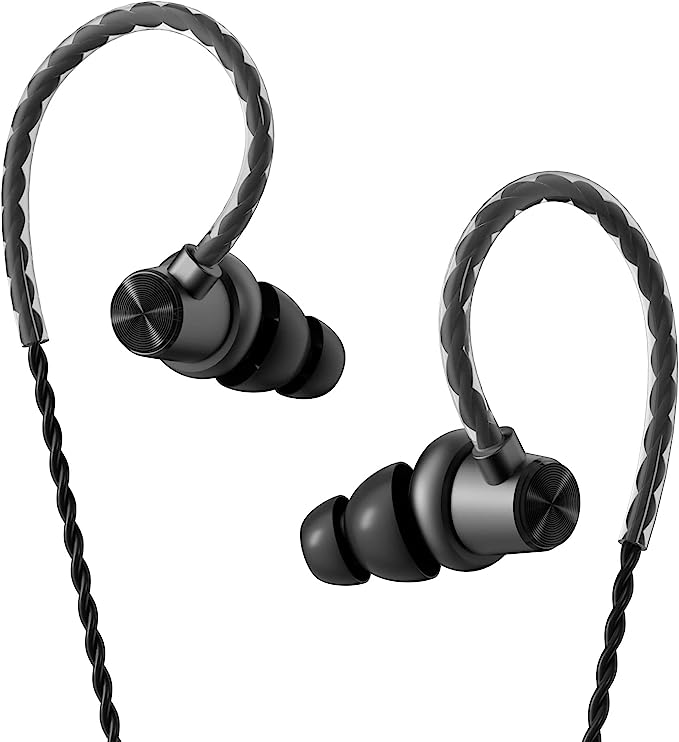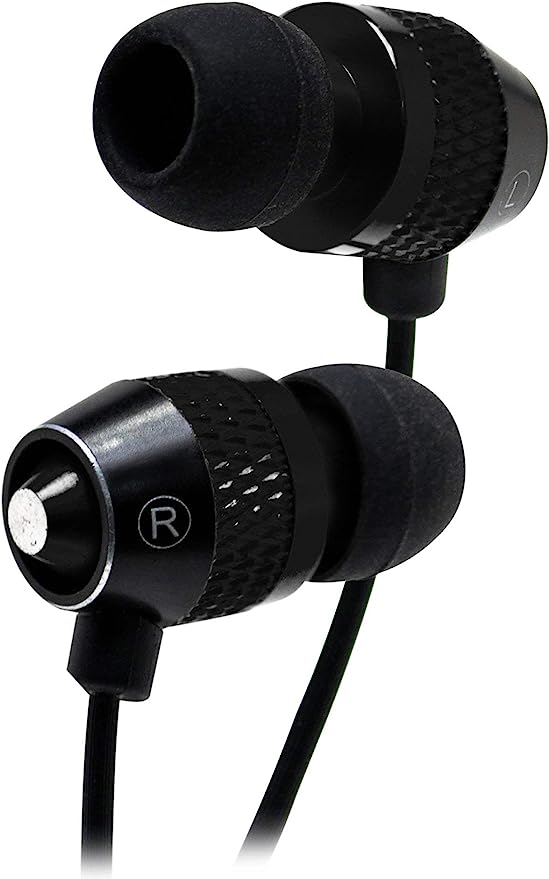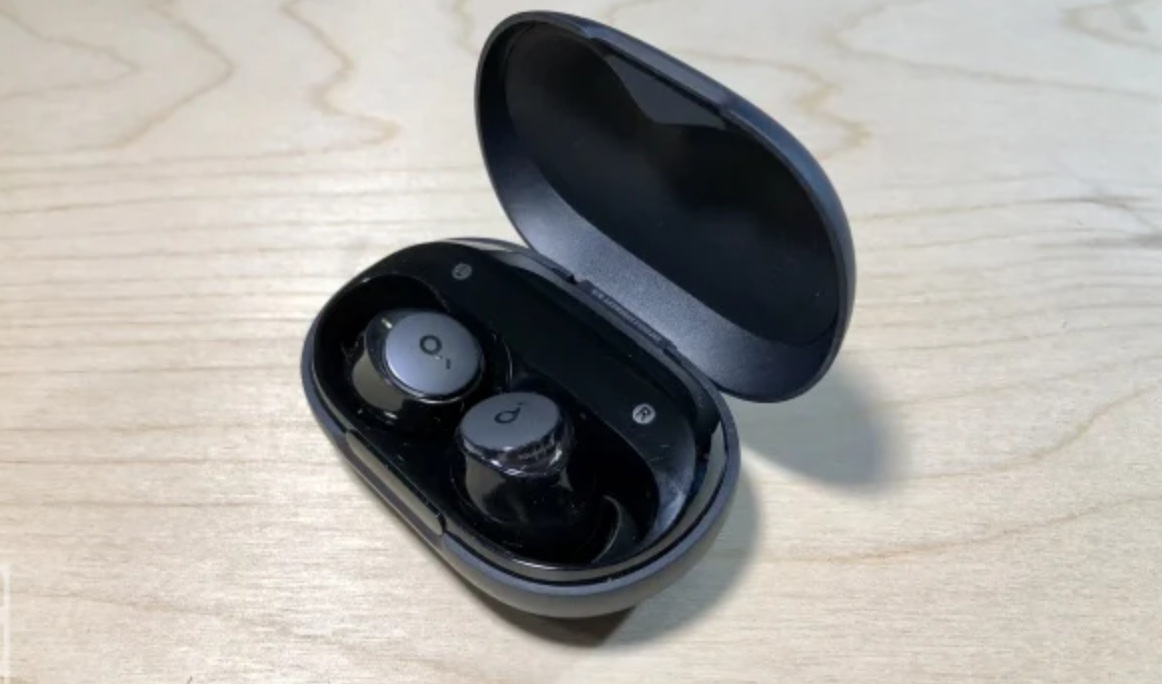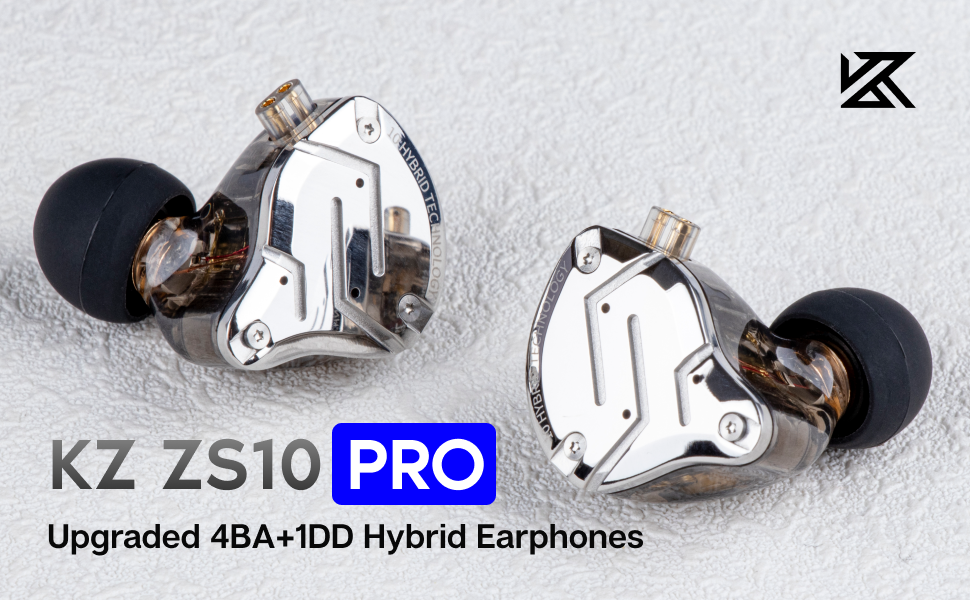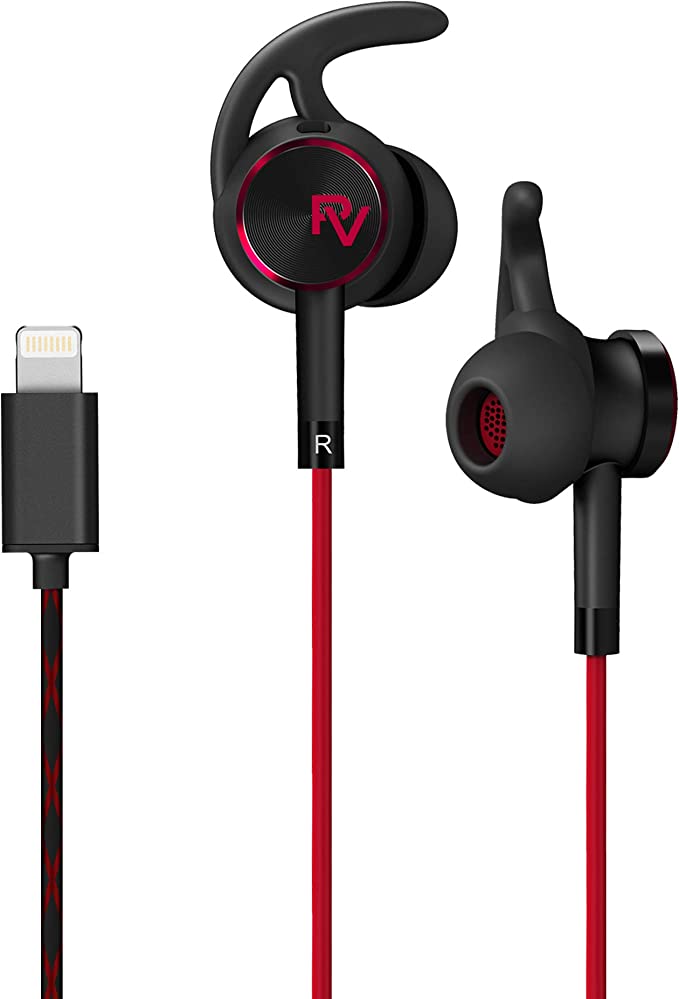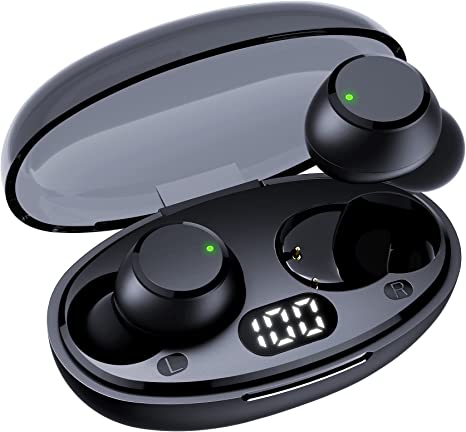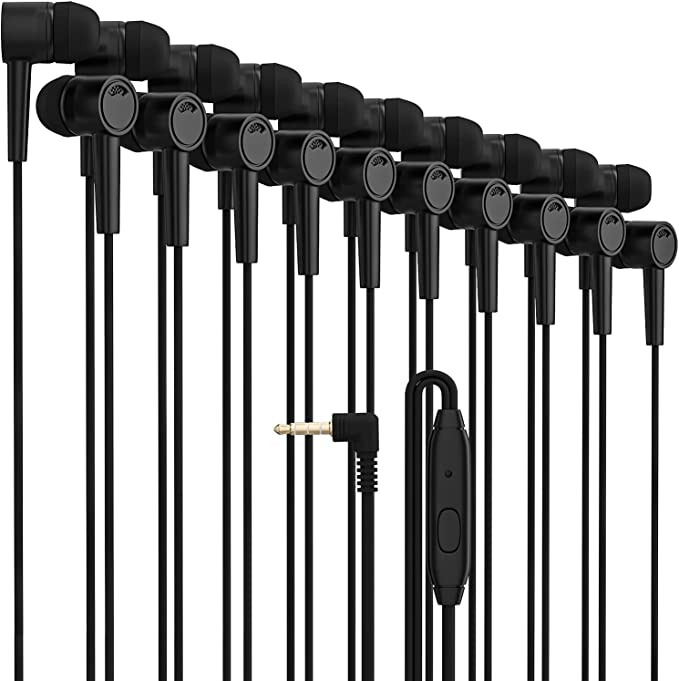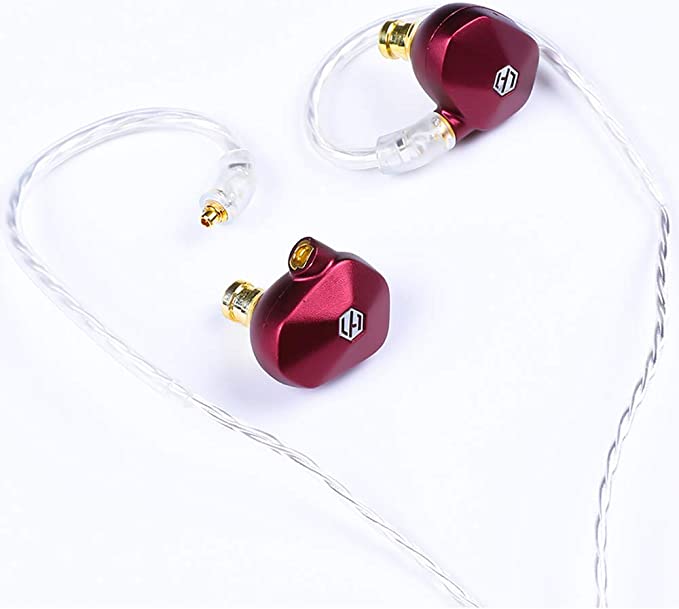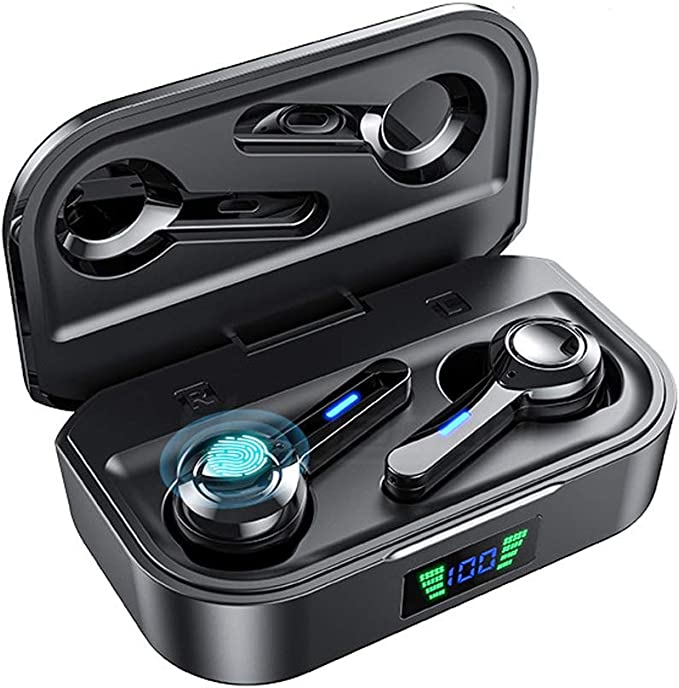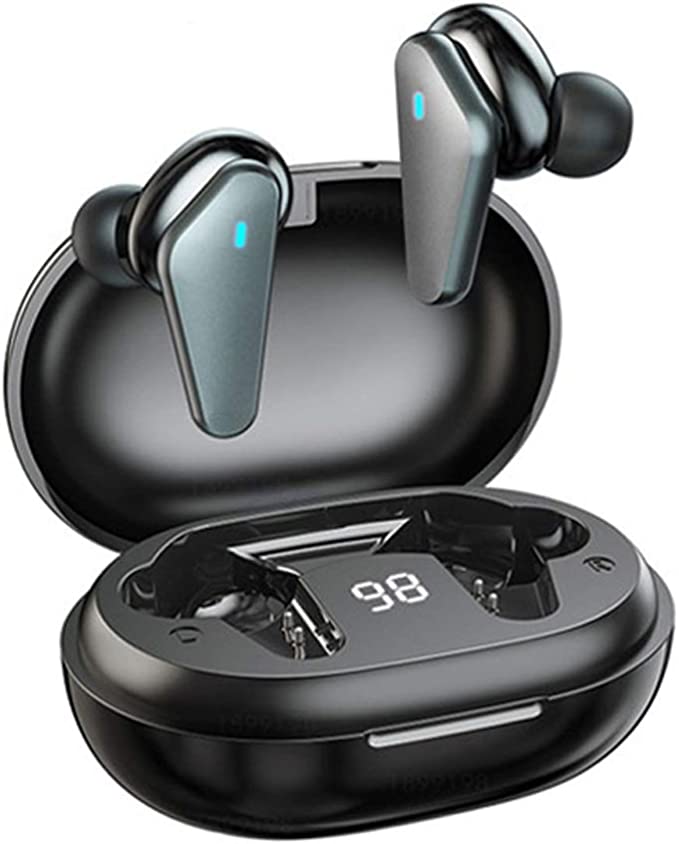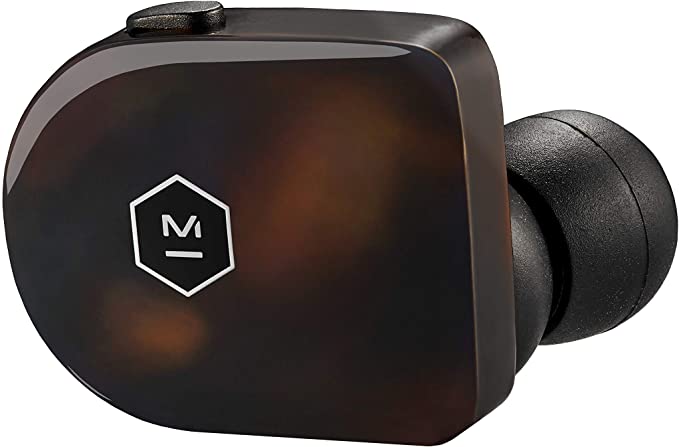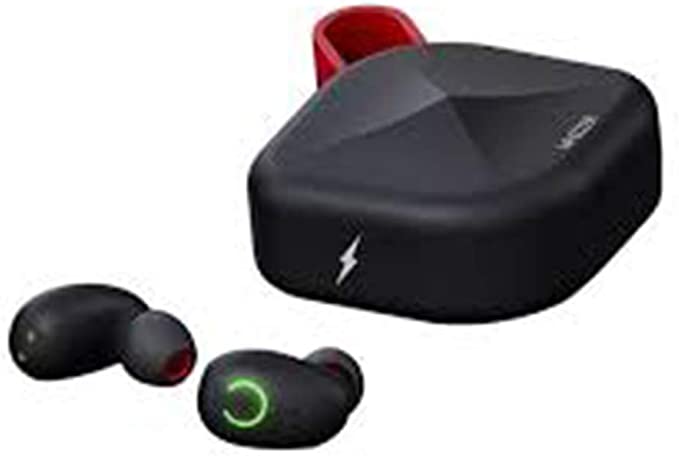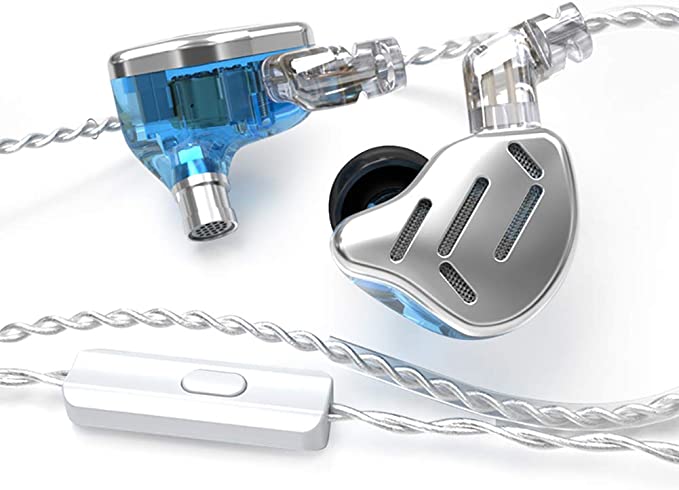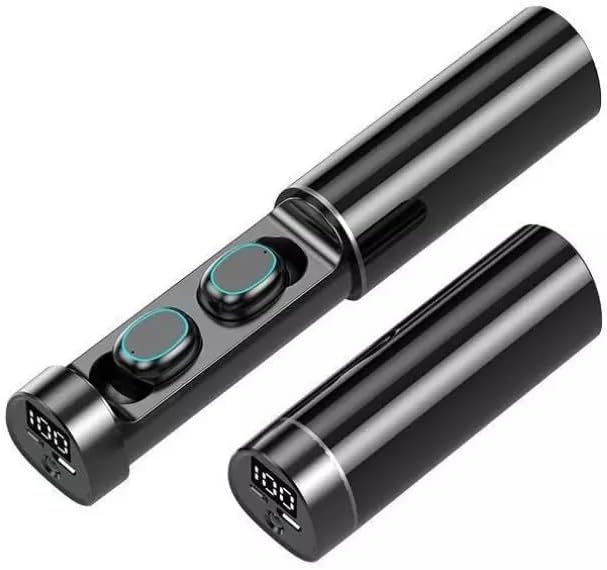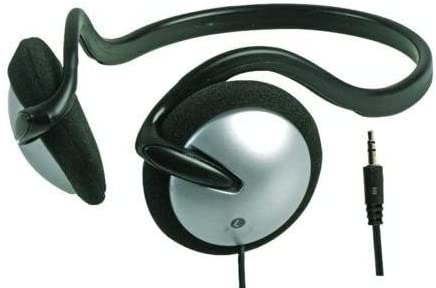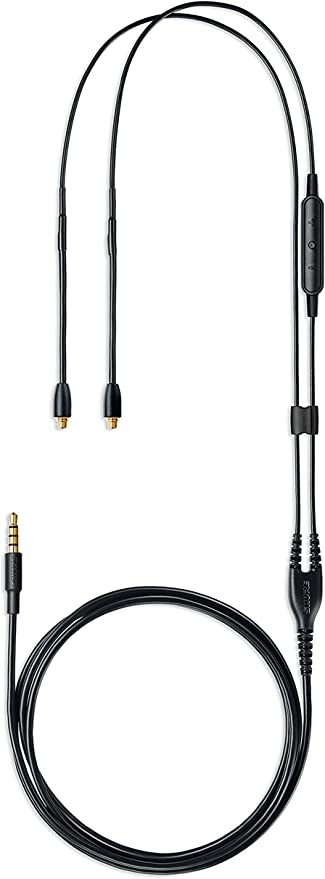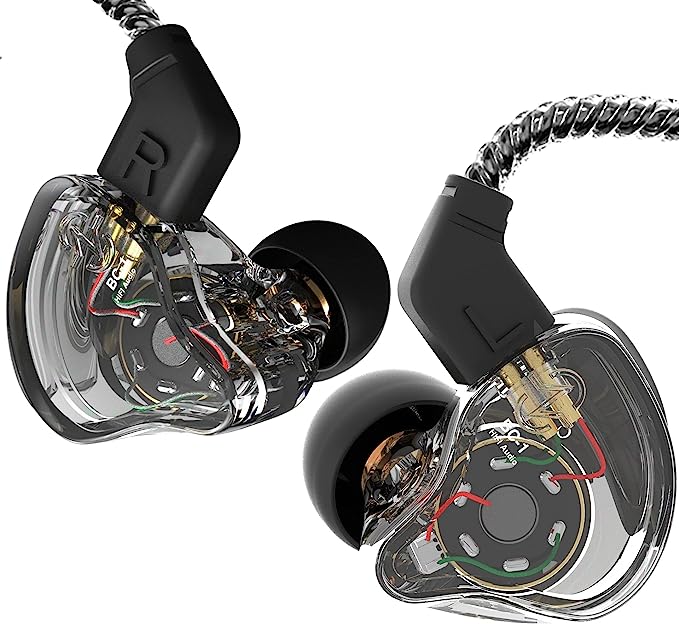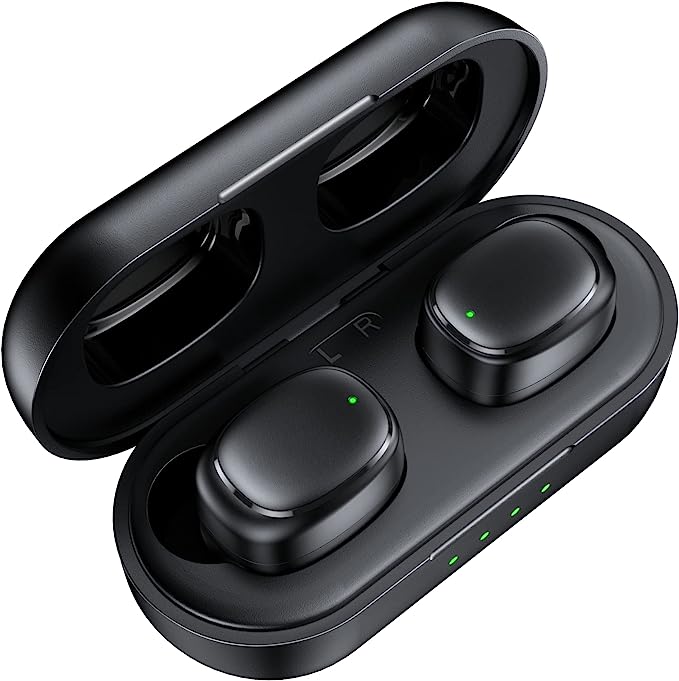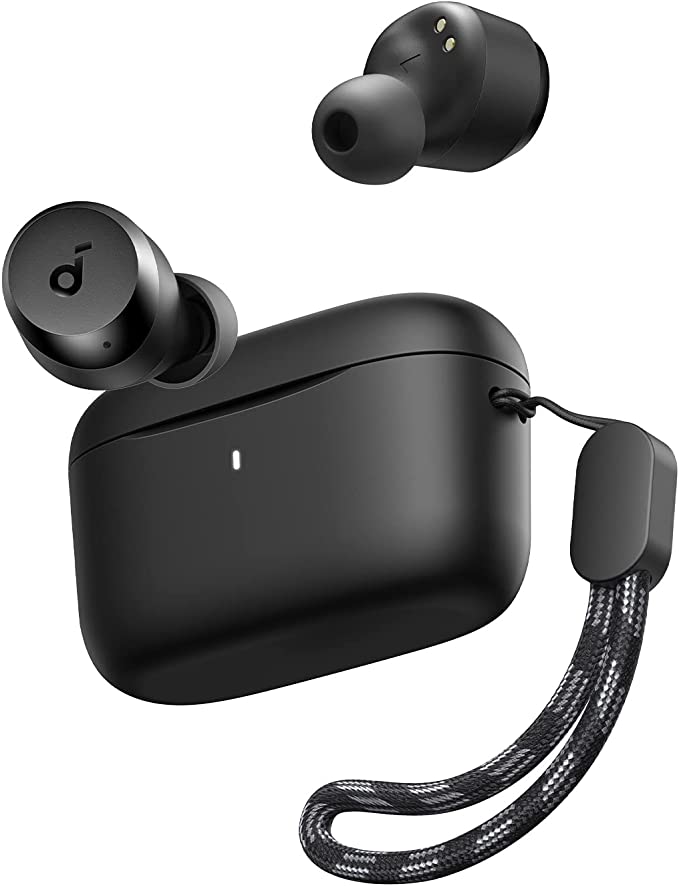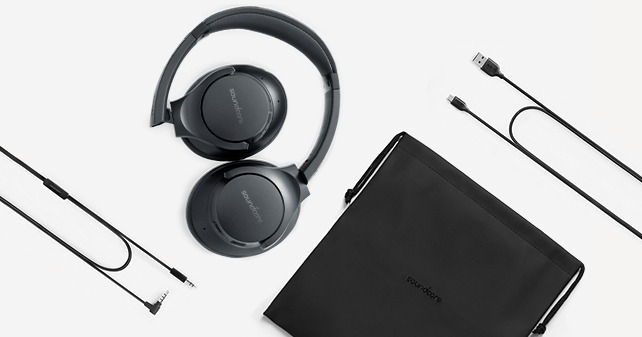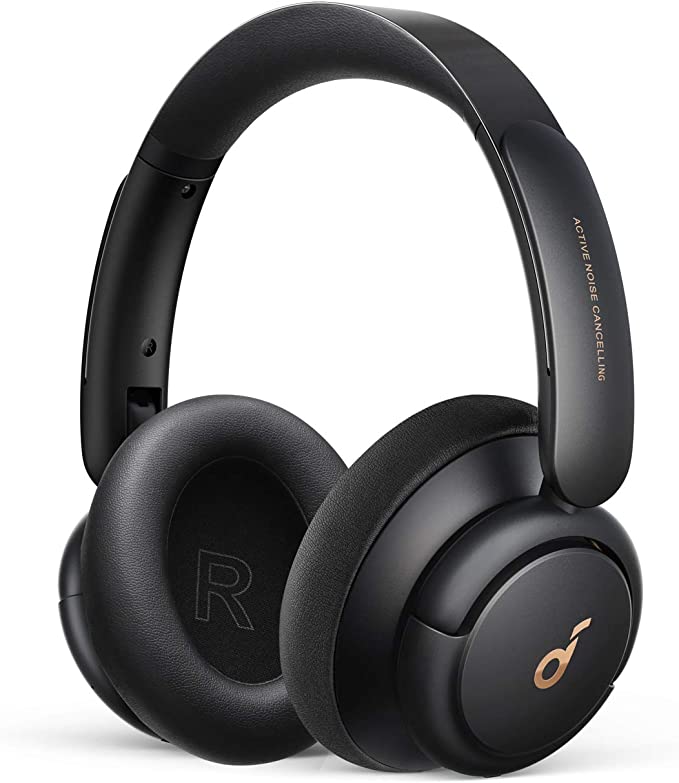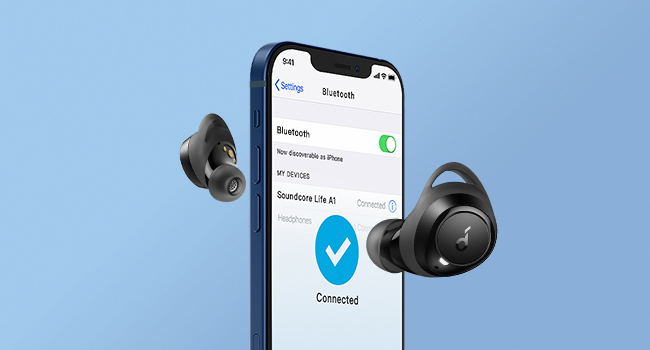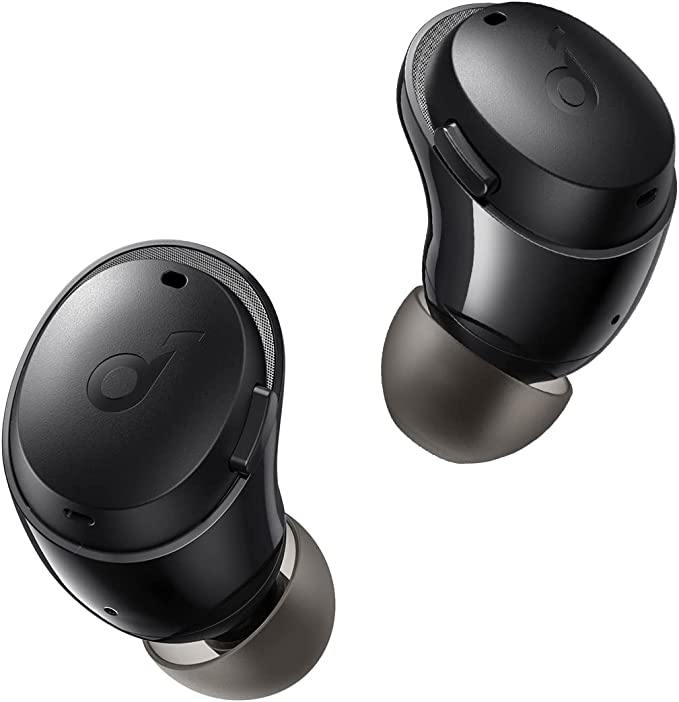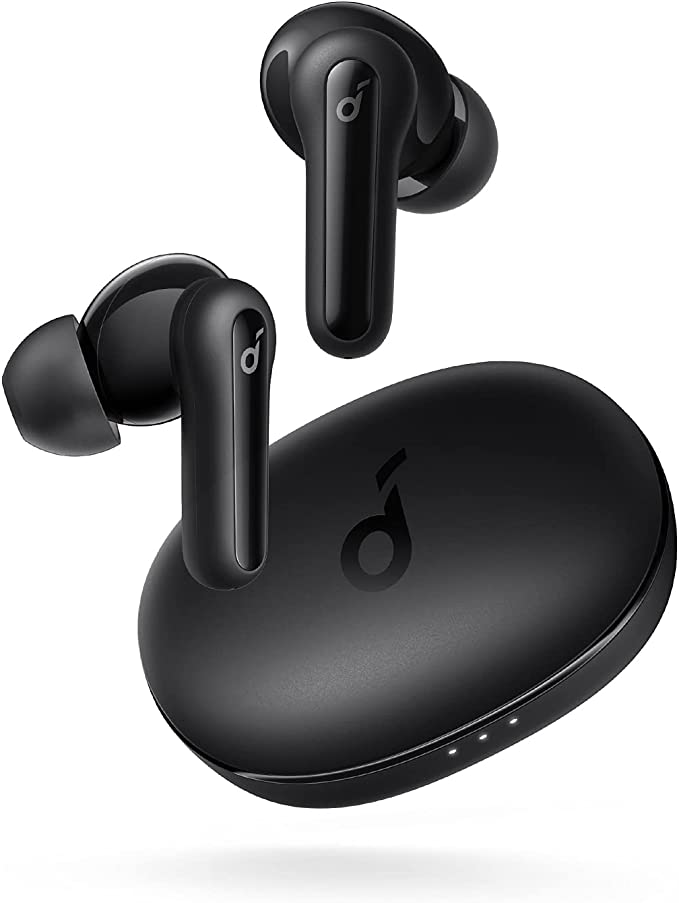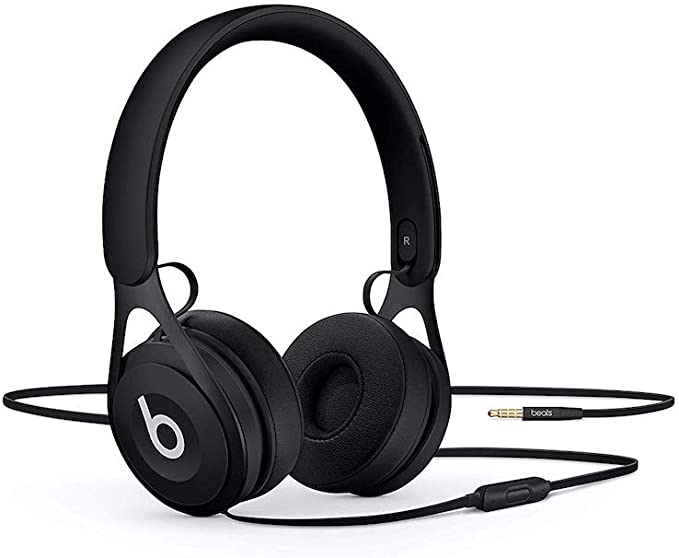TBIIEXFL Noise Cancelling Earphones: Your Guide to Immersive Sound
Update on March 8, 2025, 4:18 a.m.
We live in a world saturated with sound. From the gentle rustling of leaves to the roar of city traffic, sound waves constantly bombard our ears, shaping our experiences and influencing our well-being. But what exactly is sound, and how can we control it to create a more peaceful and immersive auditory environment? The TBIIEXFL wired earphones, with their noise-cancelling capabilities and Near Field Communication (NFC) technology, offer a perfect opportunity to explore the fascinating science of sound and the ingenious engineering that allows us to manipulate it.
The Unseen World of Sound
These vibrations travel as waves through a medium, such as air, water, or even solids. Imagine dropping a pebble into a calm pond. The impact creates ripples that spread outward, carrying energy away from the source. Sound waves are similar, but instead of water, they travel through air (or other media) as a series of compressions and rarefactions. Compressions are regions where air molecules are squeezed together, creating higher pressure, while rarefactions are regions where the molecules are spread apart, creating lower pressure.
This continuous cycle of compression and rarefaction is what our ears detect and our brains interpret as sound. The frequency of these vibrations – how many cycles of compression and rarefaction occur per second – determines the pitch of the sound. We measure frequency in Hertz (Hz), and humans with healthy hearing can typically perceive sounds ranging from about 20 Hz (very low bass) to 20,000 Hz (very high treble). The amplitude of the vibrations – the size of the pressure difference between compressions and rarefactions – determines the loudness of the sound, which we measure in decibels (dB).
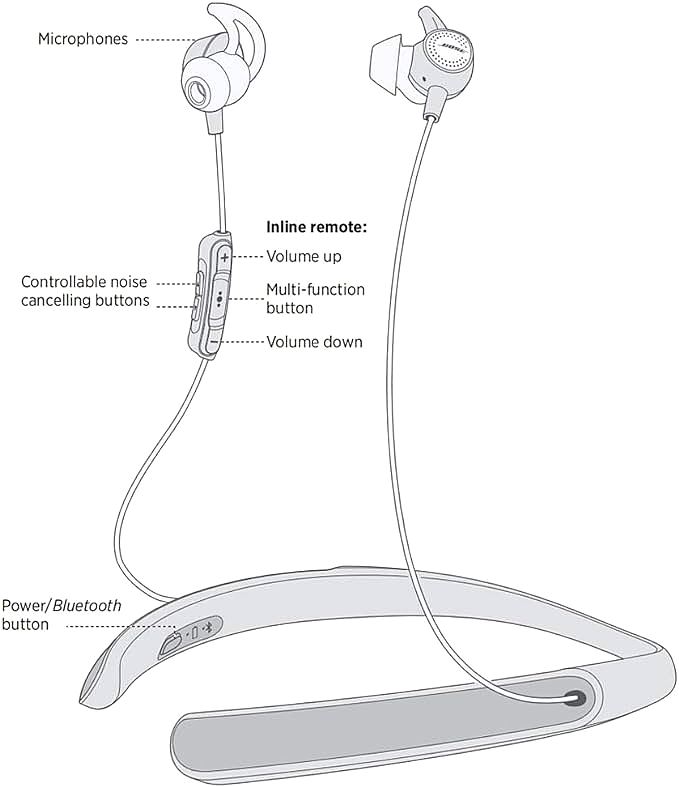
A Quiet Revolution: A Brief History of Noise Cancellation
While we often cherish sounds like music or conversation, unwanted sound – noise – can be incredibly disruptive and even harmful. Prolonged exposure to loud noise can lead to hearing loss, stress, sleep disturbances, and a range of other health problems. The quest to control and reduce noise has a surprisingly long history, with the first significant breakthrough occurring in the 1930s.
Paul Lueg, a German physicist, patented the fundamental concept of active noise cancellation (ANC). His idea was elegantly simple: to cancel out an unwanted sound wave by generating another sound wave that is its exact opposite. This “anti-noise” wave, when combined with the original noise, would result in destructive interference, effectively silencing the unwanted sound. However, the technology of the time was not advanced enough to make Lueg’s vision a practical reality.
The real development of ANC took off in the 1950s, driven by the need to reduce noise in aircraft cockpits. Lawrence J. Fogel, an American inventor, is credited with creating the first functional ANC systems for aviation. These early systems were bulky and expensive, but they proved the concept’s viability. Over the following decades, ANC technology gradually improved, becoming smaller, more efficient, and more affordable, eventually finding its way into consumer headphones in the late 20th century.

How We Hear: The Amazing Journey of Sound
Before we delve deeper into noise cancellation, it’s helpful to understand how our ears work. The human ear is a remarkably complex and sensitive organ, capable of detecting an astonishing range of sounds. It’s essentially a biological transducer, converting sound wave energy into electrical signals that our brain can interpret.
The process begins with the outer ear, which collects sound waves and funnels them down the ear canal to the eardrum. The eardrum, a thin membrane, vibrates in response to the incoming sound waves. These vibrations are then transmitted through the middle ear, a small air-filled cavity containing three tiny bones: the malleus (hammer), incus (anvil), and stapes (stirrup). These bones act as a lever system, amplifying the vibrations and transmitting them to the inner ear.
The inner ear contains the cochlea, a fluid-filled, snail-shaped structure. Inside the cochlea are thousands of tiny hair cells, which are the actual sensory receptors for hearing. The vibrations from the middle ear cause the fluid in the cochlea to move, which in turn bends the hair cells. This bending triggers the release of neurotransmitters, creating electrical signals that travel along the auditory nerve to the brain. The brain then interprets these signals as sound, allowing us to perceive pitch, loudness, and timbre.
The Science of Silence: Decoding Active Noise Cancellation
Now, back to the magic of ANC. As Paul Lueg envisioned, the core principle behind ANC is destructive interference. Imagine two identical waves, perfectly aligned. If you add them together, they reinforce each other, creating a larger wave – this is constructive interference. But if you shift one wave by half a wavelength (180 degrees out of phase), the peaks of one wave will align with the troughs of the other. When you add these waves together, they cancel each other out – this is destructive interference.
ANC systems use microphones, sophisticated processing circuitry, and speakers to achieve this. Here’s a breakdown:
- External Microphones: Tiny microphones placed on the outside of the earcups (in the case of over-ear or on-ear headphones) or inside the ear canal (for in-ear headphones like the TBIIEXFL) “listen” to the ambient noise around you. This is often called a “feedforward” system.
- Internal Microphones (Optional): Some ANC systems also include microphones inside the earcups, closer to the ear. These microphones monitor the sound that actually reaches the ear, allowing the system to fine-tune the noise cancellation. This is called a “feedback” system. Many high-end systems use a “hybrid” approach, combining both feedforward and feedback microphones.
- Processing Circuitry: The signals from the microphones are fed to a specialized processor, which analyzes the noise and generates the anti-noise wave. This processor must work incredibly fast, as sound waves travel very quickly.
- Speaker (Driver): The anti-noise wave is then played through the earphone’s speaker (the same driver that produces the audio you want to hear).
- Cancellation: The anti-noise wave combines with the ambient noise, resulting in destructive interference and a significant reduction in the perceived noise level.
It’s important to note that ANC is most effective at cancelling out low-frequency, consistent sounds, such as the drone of an airplane engine, the rumble of a train, or the hum of an air conditioner. It’s less effective at blocking out high-frequency, sudden sounds, such as speech, a car horn, or a baby crying. This is because high-frequency sounds have shorter wavelengths, making it more difficult for the ANC system to react quickly enough to create the precise anti-noise wave.

Wired vs. Wireless: The Great Audio Debate
The TBIIEXFL earphones are wired, meaning they connect to your audio source (smartphone, tablet, computer, etc.) via a physical cable. This might seem old-fashioned in a world increasingly dominated by wireless Bluetooth headphones, but for many audiophiles and discerning listeners, wired connections still offer significant advantages.
The primary advantage of a wired connection is the potential for superior sound quality. Wireless audio transmission, even with advanced codecs like aptX HD or LDAC, involves compressing the audio signal to reduce the amount of data that needs to be transmitted. This compression can, in some cases, result in a loss of audio detail and fidelity. Wired connections, on the other hand, transmit the audio signal in its full, uncompressed form, preserving all the nuances and subtleties of the original recording.
Another factor to consider is the digital-to-analog converter (DAC). A DAC is a crucial component in any digital audio system, responsible for converting the digital audio signal (ones and zeros) into an analog signal that can be amplified and sent to the headphones. Wireless headphones necessarily have a built-in DAC, often of lower quality to save on battery power and cost. With wired headphones, you can use the DAC in your source device, or even a dedicated external DAC, which may offer significantly better performance.
Furthermore, wired connections are immune to the potential for signal interference or dropouts that can sometimes plague wireless connections. They also don’t require batteries for audio playback (although the ANC feature in the TBIIEXFL does require power). The main drawback of wired headphones, of course, is the cable itself, which can be cumbersome and restrict movement.
The TBIIEXFL: A Closer Look
The TBIIEXFL in-ear headphones combine the benefits of a wired connection with the convenience of active noise cancellation. As we’ve discussed, the wired connection ensures a high-fidelity audio signal, while the ANC system helps to block out unwanted ambient noise, creating a more immersive listening experience. The inclusion of bilateral wire controls adds to the convenience, allowing you to manage music playback and phone calls without having to reach for your device. These earphones, designed for adults, find applications across smart phones, tablets, and audio devices, underlining its versatile nature.
NFC: Effortless Pairing and Enhanced Security
The TBIIEXFL earphones also feature NFC (Near Field Communication) technology, a feature that simplifies the pairing process with compatible devices. Unlike Bluetooth, which often requires navigating through menus and settings, NFC allows you to establish a connection with a simple tap.
But what exactly is NFC, and how does it work? NFC is a short-range wireless communication technology that operates on the principle of electromagnetic induction. It’s the same technology that powers contactless payment systems like Apple Pay and Google Pay.
Here’s a simplified explanation:
- Two NFC Devices: An NFC system involves two devices: an initiator (typically your smartphone or audio player) and a target (in this case, the TBIIEXFL earphones).
- Magnetic Field: The initiator device generates a weak, short-range magnetic field.
- Induction: When the target device (the earphones) is brought within range of this magnetic field (typically a few centimeters), the field induces a small electrical current in the target device’s NFC chip.
- Data Exchange: This induced current powers the NFC chip in the target device, allowing it to exchange data with the initiator device. In the case of the TBIIEXFL earphones, this data exchange typically involves the information needed to establish a wired connection – essentially, confirming the compatibility and initiating the audio stream. It is important understand, NFC only for pairing, not for transfering the sound. The sound still transfer by wired connection.
The very short range of NFC is a key security feature. Because the devices need to be almost touching, it’s extremely difficult for an attacker to intercept the NFC signal. This makes NFC a secure and convenient way to initiate a connection without the need for complex pairing procedures.
Inside the Earcups: Drivers and Sound Reproduction
While the provided information doesn’t specify the exact type of driver used in the TBIIEXFL earphones, understanding the role of drivers is crucial to appreciating how any earphone produces sound. The driver is the heart of any headphone or earphone – it’s the component that converts the electrical audio signal into sound waves. There are several different types of drivers, each with its own strengths and weaknesses:
- Dynamic Drivers: These are the most common type of driver, found in the vast majority of headphones and earphones. They work like miniature loudspeakers, using a diaphragm (a thin, flexible membrane) attached to a voice coil. When an electrical current passes through the voice coil, it creates a magnetic field that interacts with a permanent magnet, causing the diaphragm to vibrate and produce sound. Dynamic drivers are generally known for their robust bass response and relatively low cost.
- Balanced Armature Drivers: These drivers are much smaller than dynamic drivers, making them popular for in-ear monitors (IEMs). They use a tiny armature (a small, pivoting piece of metal) that is balanced within a magnetic field. When an electrical current passes through a coil wrapped around the armature, it causes the armature to vibrate, which in turn moves a diaphragm to produce sound. Balanced armature drivers are often praised for their detail retrieval and accuracy, particularly in the mid and high frequencies. However, they can sometimes lack the bass impact of dynamic drivers.
- Planar Magnetic Drivers: These drivers use a thin, flat diaphragm with a conductive voice coil printed onto it. The diaphragm is suspended between two arrays of magnets. When an electrical current passes through the voice coil, it interacts with the magnetic field, causing the entire diaphragm to move uniformly. Planar magnetic drivers are known for their low distortion, excellent transient response, and spacious soundstage. However, they tend to be larger, heavier, and more expensive than dynamic or balanced armature drivers.
- Electrostatic Drivers: These are the least common type of driver, typically found in very high-end headphones. They use an extremely thin, electrically charged diaphragm suspended between two perforated metal plates (stators). When an audio signal is applied to the stators, it creates an electrostatic field that causes the diaphragm to vibrate. Electrostatic drivers are renowned for their exceptional clarity, detail, and transparency. However, they require a specialized amplifier and are usually very expensive.
Without knowing the specific driver type used in the TBIIEXFL, it’s impossible to definitively comment on its sound signature. However, given that it’s a wired earphone with a focus on noise cancellation, it’s likely that it uses either a dynamic driver (for good bass response) or a hybrid configuration (combining a dynamic driver for bass with a balanced armature driver for mids and highs).

Beyond the Tech: Ergonomics and Design
Beyond the internal components, the external design of the TBIIEXFL earphones plays a crucial role in both comfort and performance. The ergonomics – how well the earphones fit the human ear – is paramount. A good seal within the ear canal is essential not only for comfort but also for effective passive noise isolation, which complements the active noise cancellation.
While the specific details about the TBIIEXFL’s ear tip options aren’t provided, most in-ear headphones come with a variety of ear tips in different sizes and materials (typically silicone or foam). Experimenting with these different ear tips is crucial to find the best fit for your individual ear shape. A proper seal will:
- Maximize Comfort: Prevent pressure points and discomfort during extended wear.
- Improve Bass Response: Ensure a tight seal that prevents low-frequency sound from leaking out.
- Enhance Noise Isolation: Block out external noise passively, reducing the workload on the ANC system.
The overall shape and size of the earphone housing also contribute to comfort and stability. A well-designed earphone should sit securely in the ear without feeling bulky or intrusive.
The Future of Listening
Audio technology is constantly evolving. We can expect to see continued improvements in noise cancellation, with more sophisticated algorithms and more powerful processors that can adapt to a wider range of noise environments. Wireless audio codecs will likely continue to improve, closing the gap with wired sound quality. Personalized audio experiences, where headphones adapt to individual hearing profiles, are also on the horizon. And, perhaps, we’ll see even more integration between headphones and other smart devices, creating seamless and intuitive audio ecosystems.
The Sound of Science
The TBIIEXFL wired earphones, while seemingly simple, represent a confluence of scientific and engineering principles, from the physics of sound waves to the intricacies of digital signal processing and the cleverness of near-field communication. By understanding the underlying technology, we can not only appreciate the devices we use but also gain a deeper appreciation for the world of sound that surrounds us. It’s a world of vibration, interference, and perception – a world that, thanks to advancements in audio technology, we can increasingly shape and control to our liking.
